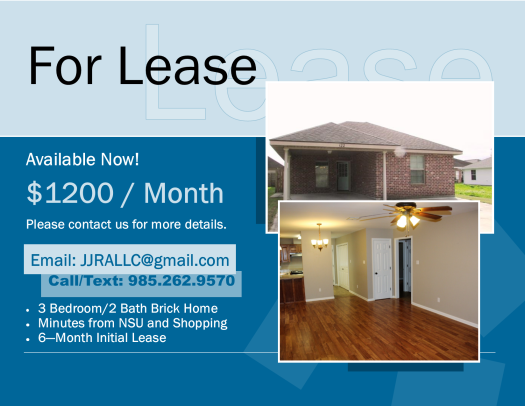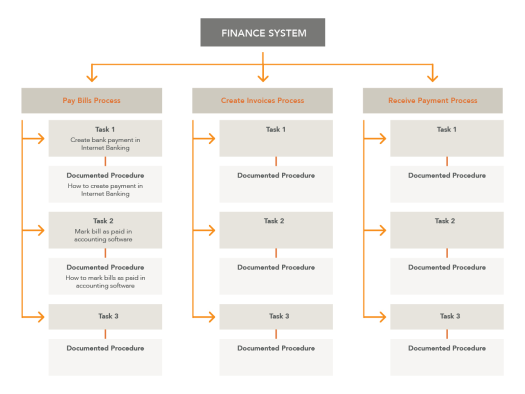This week we are going to go over some myths regarding taxes for small businesses. I get a newsletter from our CPA each month that covers tax-related topics. The articles are written by other people and I am assuming his website subscribes to these articles from a service.

I found the topic of this one interesting, so I searched for the title on the web and found the original author. Here is the original article, by Juanita Farmer, CPA, of Germantown, Maryland.
There are a lot of myths & misconceptions around what you can and can’t benefit from with regards to taxes in the US. Below we are going to cover seven of the most common ones.
***DISCLAIMER – I am not a CPA and DO NOT Offer tax advice over the internet or otherwise. Please consult with your CPA for tax advice. This article is for informational purposes only***
Click on this link to get your own free copy of the Rental Property Tax Guide by Stessa.
Start-Up Costs are Deductible Immediately
Business start-up costs are the costs incurred prior to the business actually beginning operation. They range from advertising and travel to surveys and training. Organizational costs such as these fall under capital expenditures.
Just like you can amortize depreciation of equipment, when you start a business, you can amortize some business start-up costs.
You can deduct up to $5000 of business start-up costs and up to $5000 of organizational costs. For start-up or organizational costs that exceed $50,000, the $5000 deduction is reduced. The remaining balance must be amortized.
Overpaying Taxes Makes You Audit-Proof
From a business perspective, the IRS is only worried about if your documentation matches your deductions and that your deductions are legal and legitimate. Properly document expenses and follow the advice of a good tax accountant to “Audit-Proof” your business.
You Can Take More Deductions for an Incorporated Business
You don’t need an Incorporated Business to deduct business expenses. Plus, depending on the corporate entity, you may have more tax and tax filing burden.
Home Offices are an Audit Flag
Home offices used to be a common audit flag, but with so many people now utilizing home offices, the IRS issued a a simplified home office deduction that is easy to claim, with proper recordkeeping.
No Business Expenses are Deductible If You Don’t Take a Home Office Deduction
All business expenses such as travel, business supplies, equipment depreciation, etc. Are deductible, regardless of if you take a home office deduction or not.
Filing an Extension Delays Your Tax Payment Due Date By 6 Months
Regardless of whether you file for an extension or not, if you owe any taxes, payment is due on the original due date, typically around April 15. All an extension does is allow you a six month extension to this deadline to turn in all of your paperwork/documentation.
Part-Time Business Owners Can’t Have Self-Employed Pension Plans
Even if you are working a full-time job with 401k benefits and you start a small business, you can still set up a SEP-IRA for that small business
Source Attribution: Juanita Farmer, Managing Partner of J.D. Farmer & Associates, LLC
And, as always, let me know what you think in the comments. Ask questions, tell your story.
If you like my posts, please share them with others and subscribe to this blog.















